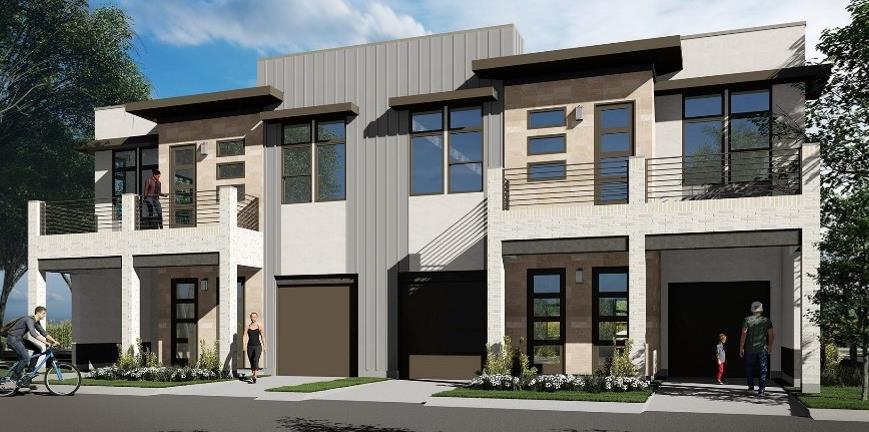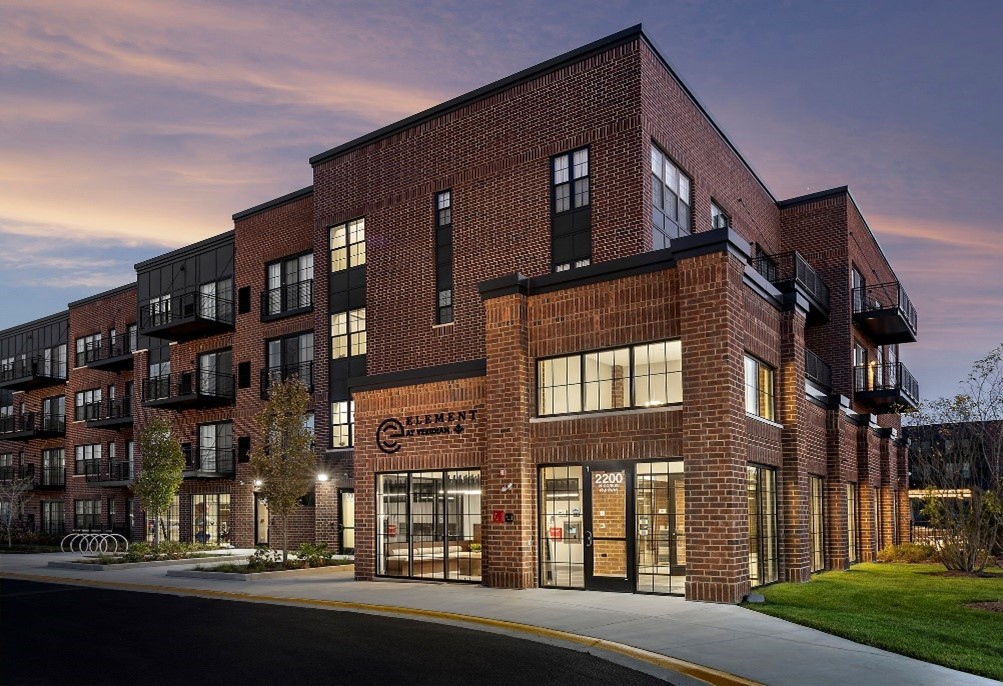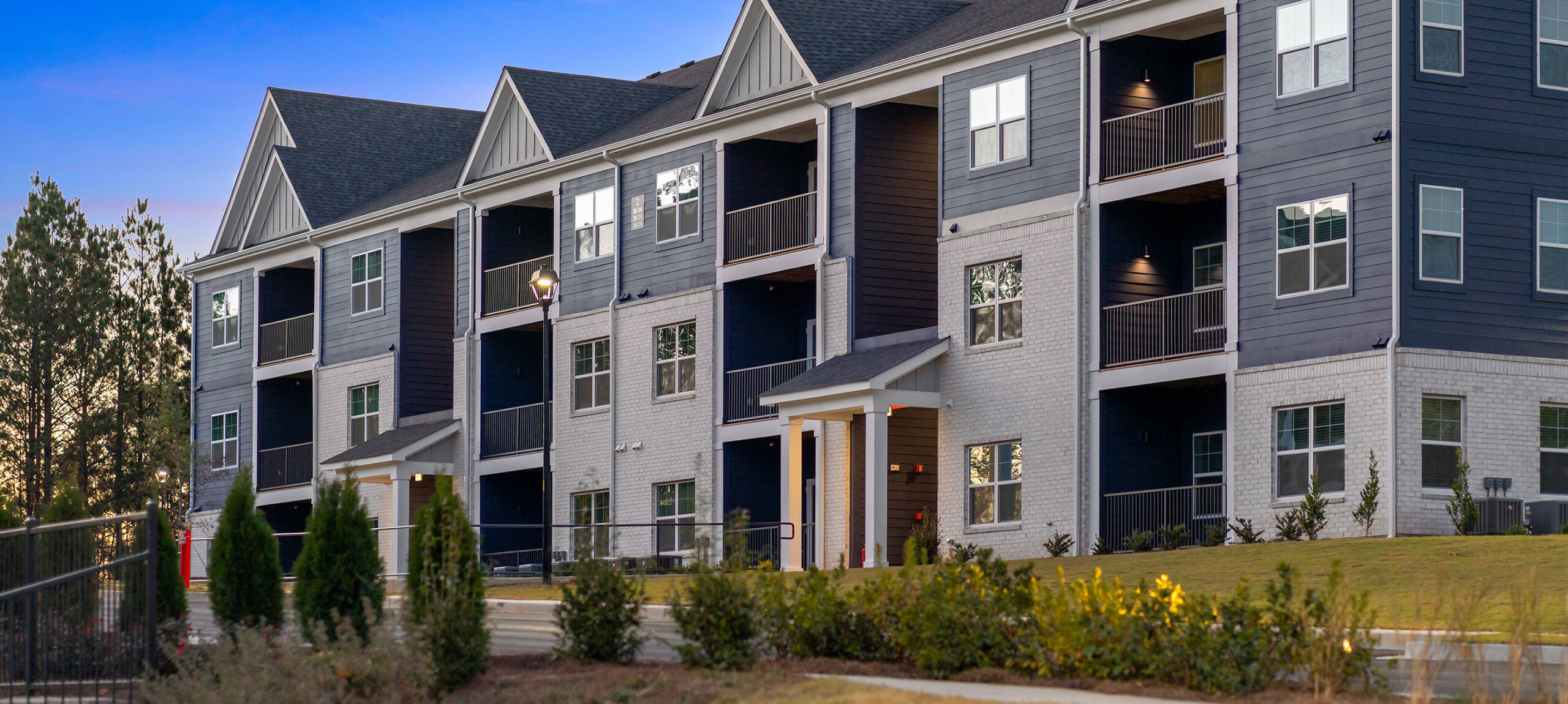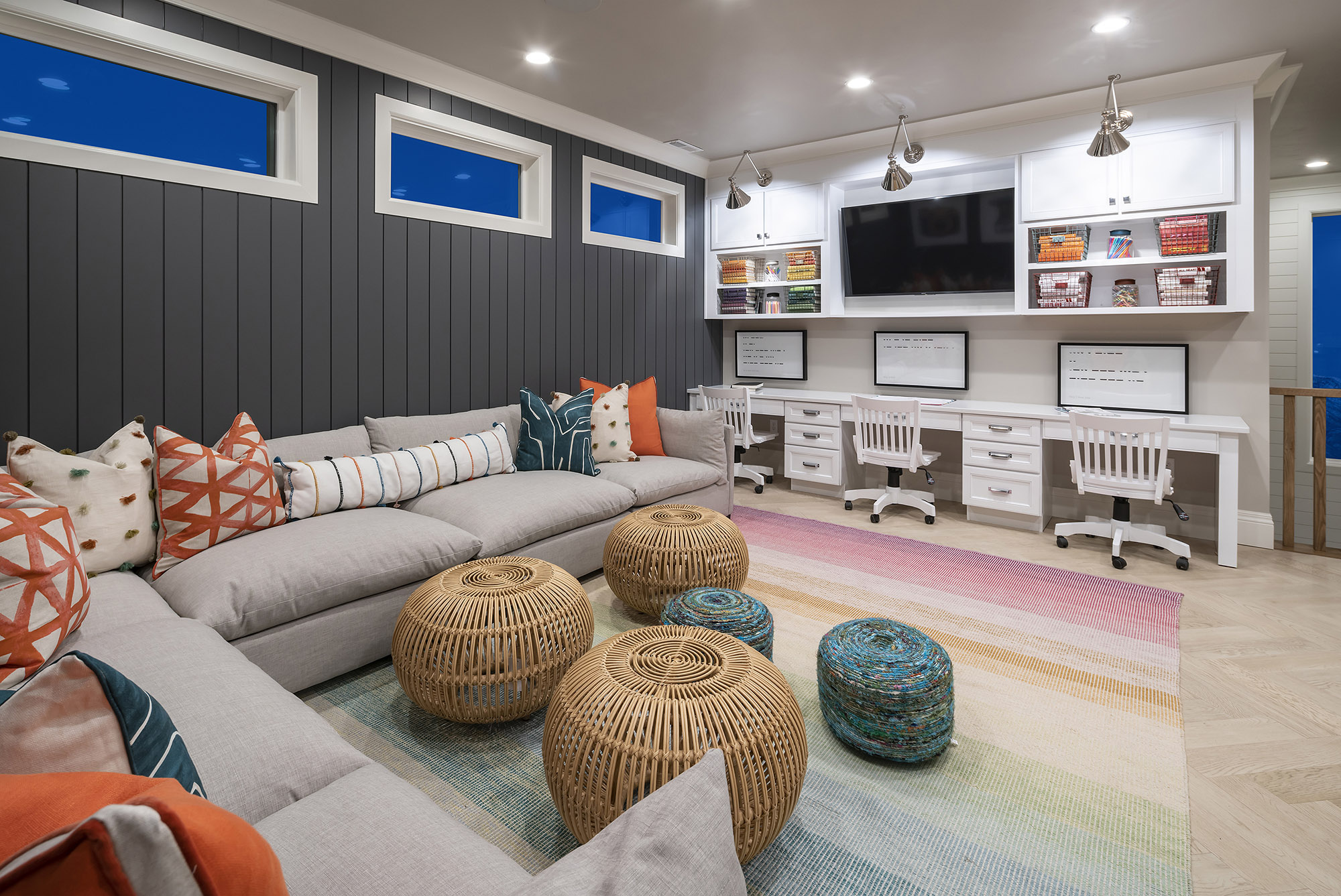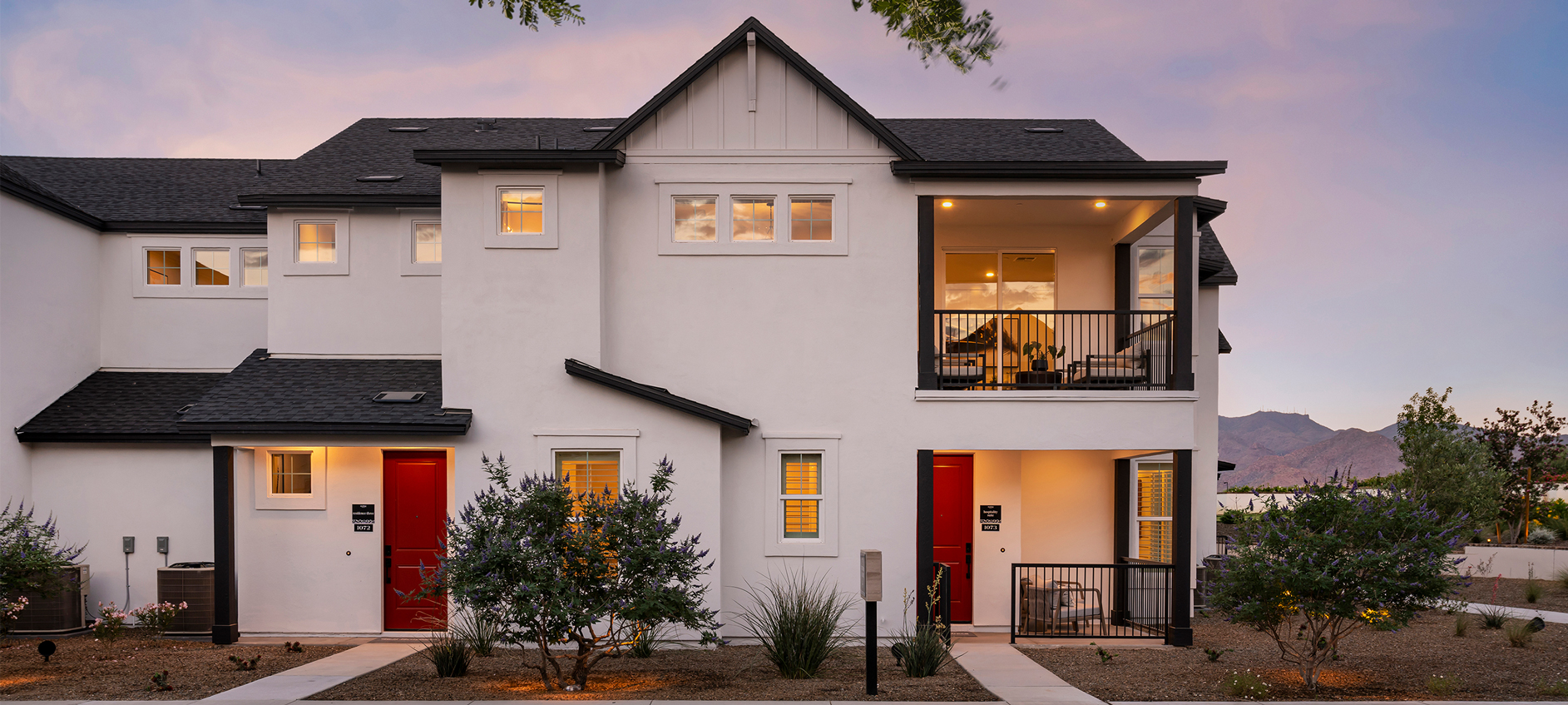A home’s exterior is the first opportunity to capture consumer interest. The exterior shapes how the rest of the home is perceived, so it’s important to set that “wow” factor before entering the home. The market is showing that consumers are ready for bold, and we’ve been doing just that. I recently joined a panel of other industry experts to discuss the latest exterior design trends and innovations and how to offer an exceptional lifestyle for buyers.
WHERE TRENDS ORIGINIATE
As we focus on adapting exterior design, we look at trends and how they evolve. I decided to ask our Director of Commercial Design, Mark Mitchell, his thoughts on where trends come from. He had said that much of the influence comes from fashion and how it translates into interior design materials and aesthetics within retail and restaurant environments. As consumers experience these trends through different materials, colors and textures, it begins to direct the dialog into how they want to live. The interiors and exteriors for multifamily homes adopt those trends in response and the new textures and colors gain new life. As the next generation begins to move from urban environments to suburban markets, we see the trends transition into single family home design.
Other major influences on home trends are social media and television, specifically home improvement shows. There’s so much information and connectivity online that trends are able to develop faster and more broadly than ever before. Trends cycle much quicker than they did in the past, meaning we need to be innovative yet timeless when it comes to divulging in trends. Take a look at Chip and Joanna Gaines, who are responsible for the resurgence of the farmhouse design. The trend is in high demand, yet it has evolved greatly over the past 10 years.
WHAT WE’RE SEEING
Projects are leaning on a repurposed industrial warehouse style with cleaner lines, heavier textures and deeper color tones. The popular design aesthetic of those dark metals, brick and expansive glass is transitioning to single family homes as well. Black metal windows, modern railings, simpler roofs and expressive masonry detailing are becoming standards and more acceptable in suburban markets.
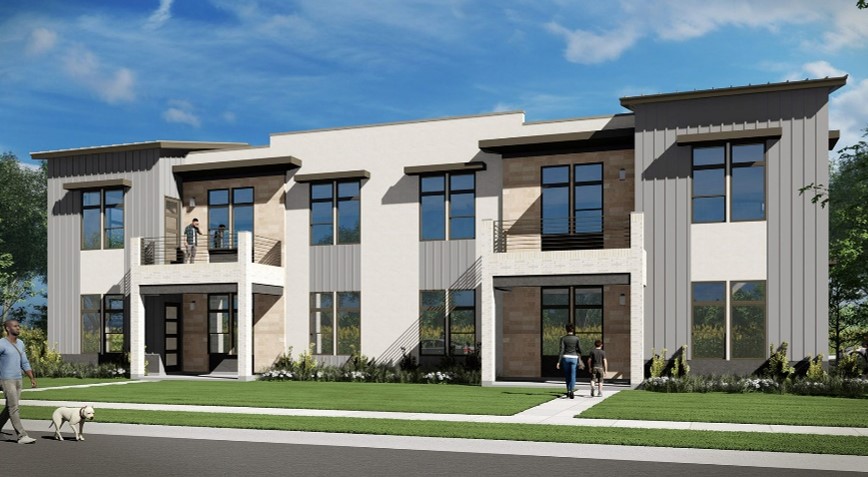
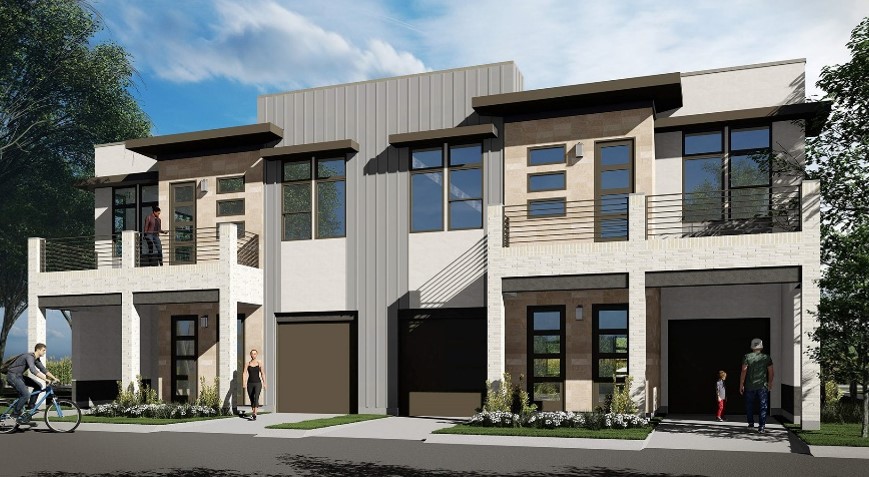
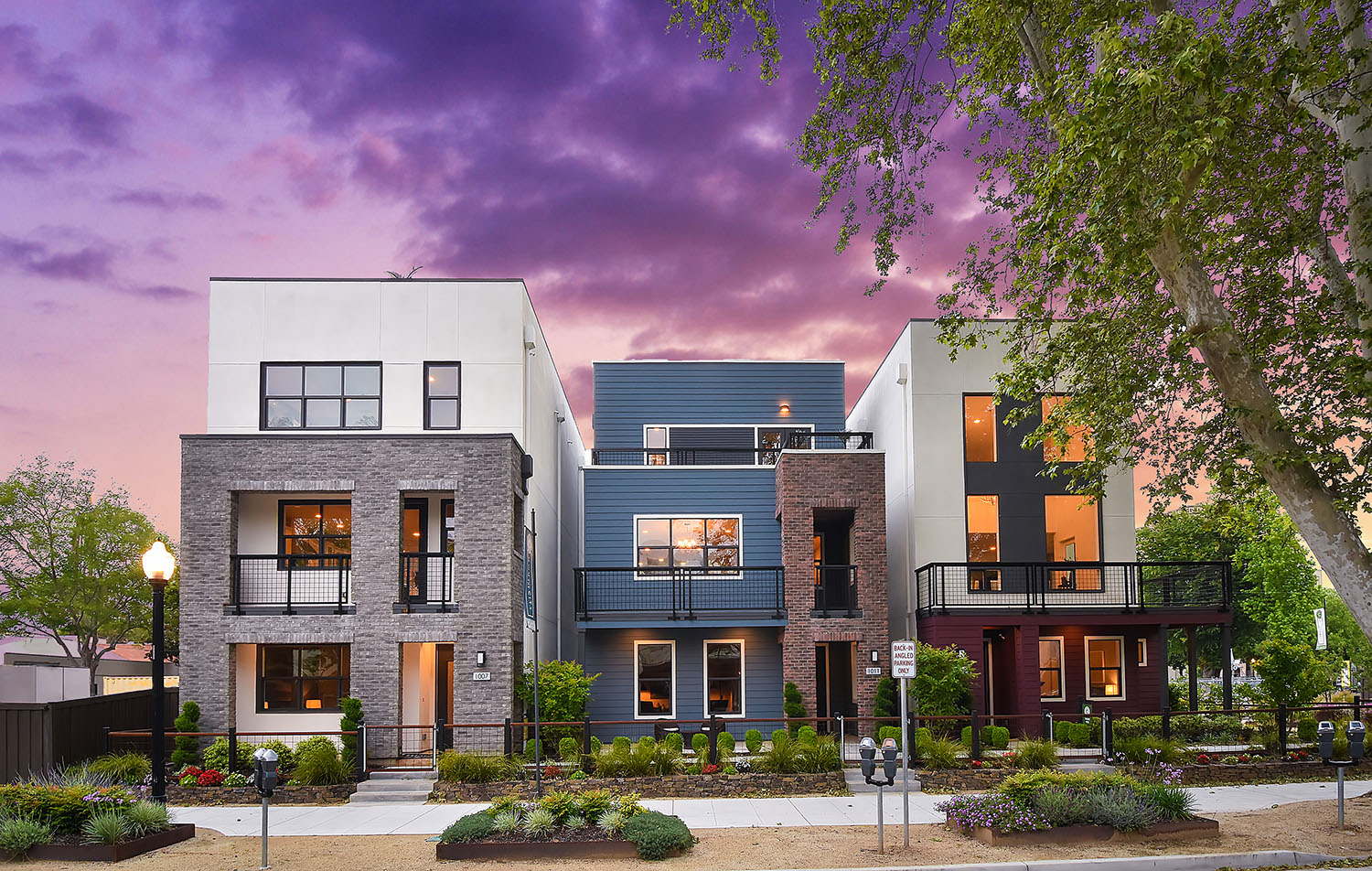
On the production single family side, the designs are getting edgier. Here, we’ve taken one floor plan and translated it for various styles and environments, allowing for the home to be dropped just about anywhere and still fit into the surrounding neighborhood.
We are seeing manufacturers expand their product lines beyond regular siding, stucco, shake and board and batten. They are using new technologies and innovation to produce palettes of textures to emulate true architectural authenticity without the high cost of natural materials. These new materials are easier to install and to maintain, and innovation will continue to evolve and allow homeowners to swap out façade materials without doing major renovations.
A transformative period of innovative and bold trends is reshaping home design all over the nation. This article only touches on a few of the trends we are seeing in today and tomorrow’s market. To talk trends in more detail, email me!
This article was originally posted on LinkedIn. View that version here.
